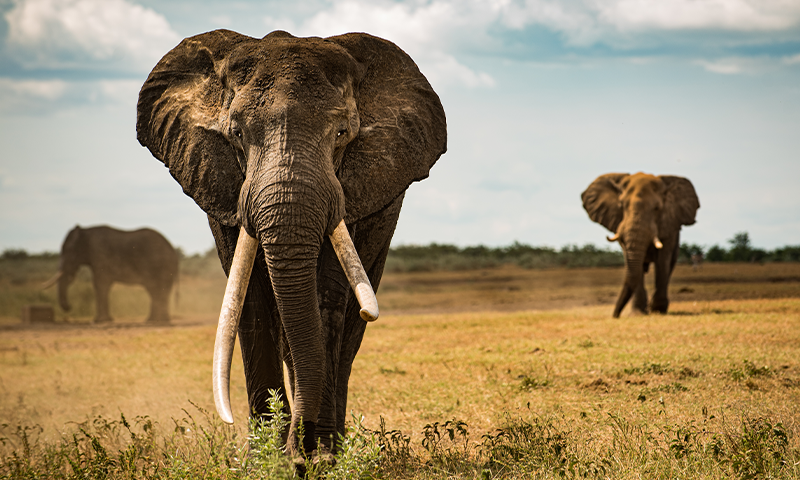Now Reading: An Elephant’s Tusk: Symbol of Memory and Majesty
-
01
An Elephant’s Tusk: Symbol of Memory and Majesty
An Elephant’s Tusk: Symbol of Memory and Majesty

Quick Summary
- Melting Siberian permafrost has revealed millennia-old woolly mammoth tusks, potentially offsetting global ivory demand.
- African elephant populations have sharply declined due to poaching and habitat loss, with smugglers blending mammoth ivory with illegal elephant ivory to bypass legal restrictions.
- Differentiating mammoth ivory from elephant ivory usually requires costly and slow tests like radiocarbon dating and molecular analysis.
- Scientists from teh University of Hong Kong proposed a quicker method using isotope ratios of elements (sulfur, hydrogen, carbon, nitrogen, and oxygen) in tusks to identify the source animal.
- Tests on 79 samples showed that oxygen and hydrogen isotope ratios provided the clearest differentiation due to the animals’ distinct drinking water sources in varied climates.
- While not courtroom-ready yet,this method could serve as an efficient preliminary screening tool for law enforcement.
Indian Opinion Analysis
The development of faster methods for distinguishing between mammoth and African elephant tusks could be meaningful for countries like India that actively participate in global wildlife conservation efforts. As India balances initiatives like Project Elephant with combating illicit wildlife trade under its surveillance laws like CITES protocols, this scientific innovation might aid enforcement agencies. By ensuring quicker identification processes at ports or marketplaces without requiring expensive tests upfront, it could bolster anti-smuggling measures.
Moreover, India is one of the nations deeply committed to protecting biodiversity through policy frameworks such as its National Biodiversity Act. Any progress toward curbing international trafficking influences India’s role as a leader in global conservation initiatives.While these methods still require refinement before broader adoption is feasible worldwide or locally within regions linked by cross-border trade networks (like South Asia), they offer promising strides against threats posed by illegal wildlife commerce.
Read more: Click here

























